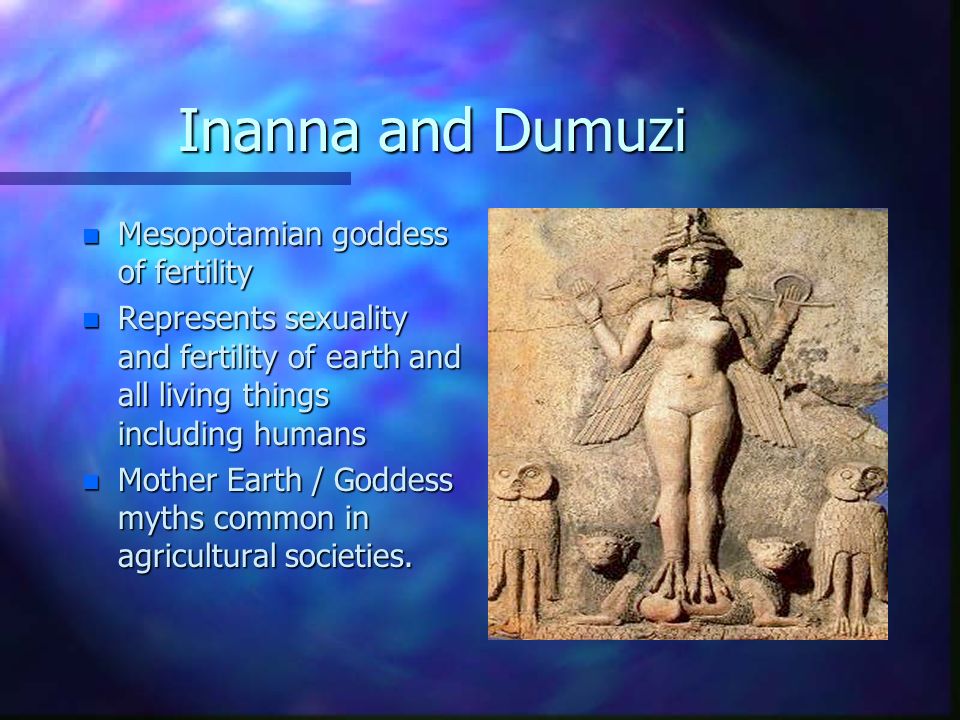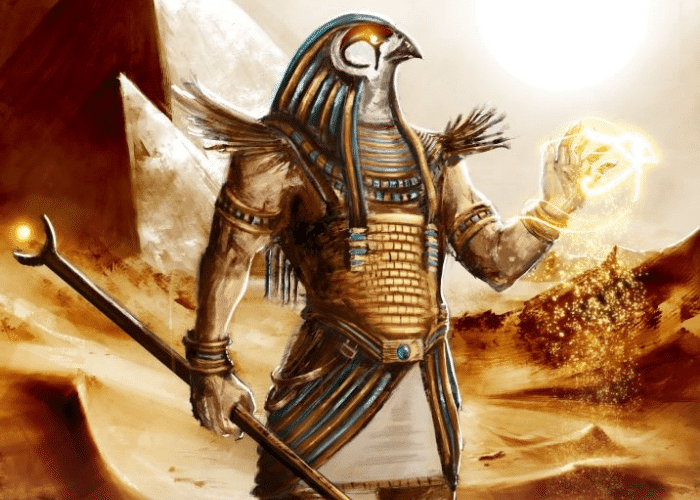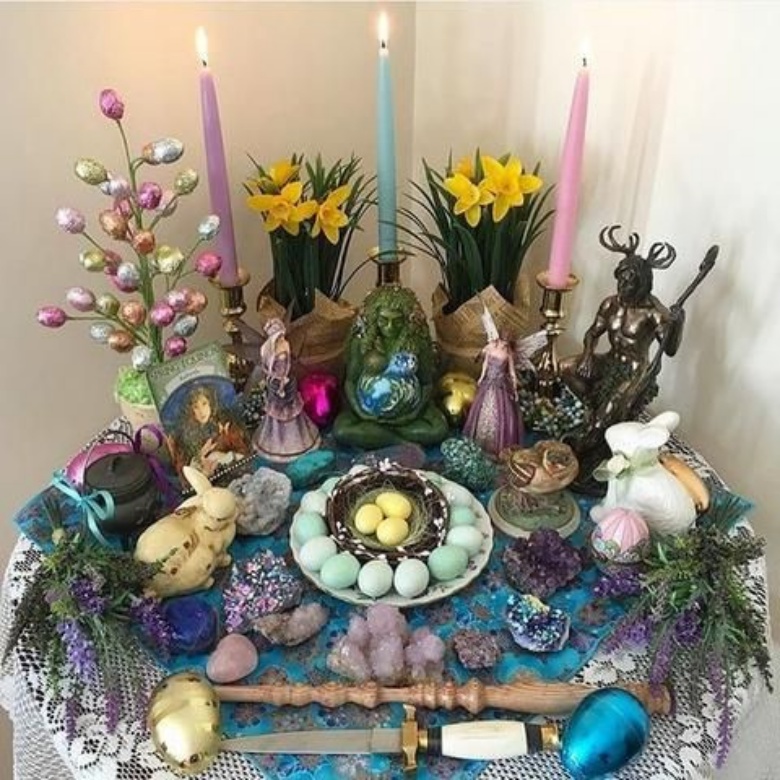Easter is a secular celebration of the spring equinox, while it is a religious celebration of the resurrection.
Easter is a religious (and recognizable) holiday observed by millions of people worldwide, with more or less strange rituals, to commemorate Jesus' resurrection from the dead, as portrayed in the New Testament and occurring three days after his crucifixion Calvary. However, it is also the day when youngsters wait for the Easter bunny to appear and devour more or less wonderful chocolate eggs in many countries.
Easter is celebrated and honored on the first Sunday after the full moon after the March equinox, but the date changes from year to year. Because western religions utilize the Gregorian calendar and Eastern churches use the Julian calendar, dates vary worldwide. On the other hand, early Christianity accepted ancient pagan customs pragmatically, the majority of which we still enjoy today at Easter.
In the ancient world, the broad symbolic tale of the son's death (sun) on a cross (the constellation of the Southern Cross) and rebirth, defeating the powers of darkness, was well-known, with numerous similarities with risen saviors.
Easter is a Saxon term that refers to Easter, the goddess of Spring, to whom annual tributes were made. The time had become linked with the celebration of Christ's resurrection by the seventh century. The Easter myth of crucifixion and resurrection, according to one view, is a pure representation of rebirth and regeneration, representing the cycle of the seasons, death, and the return of the sun.
According to some experts, the Easter narrative is based on the Sumerian mythology of Damuzi and his wife Inanna, which was written on cuneiform clay tablets dating back to 2100 BC and titled "The Descent of Inanna." When Damuzi dies, Inanna is heartbroken and accompanies him to the Underworld, where she passes through seven gates and discards her earthly clothing. She is condemned, executed, hanged naked, and bowed low on display. The Earth loses its fertility, crops stop growing, and animals stop reproducing in her absence. The Earth's life will come to an end unless something is done.
Three days later, her assistant asks other gods for help. Enki, one of them, conjures up two animals to transport the plant of life and water down to the Underworld, where they are sprinkled on Inanna and Damuzi, reviving them and granting them the ability to return to Earth as the sun's light for six months. When the six months are up, Damuzi returns to the Underworld of the Dead and stays for another six months. The water god intervenes to save them both as Inanna pursues him. The winter death and spring life cycles were born as a result.
In ancient Canaan, the Sumerian goddess Inanna was known by her Babylonian name, "Ishtar," outside Mesopotamia. Astarte is her given name. Aphrodite and Venus are her Greek and Roman pantheon equivalents. In any case, Inanna and Damuzi's narrative is one of many depictions of dying and rising gods that signify the seasons and stars.
Egyptian Horus is one of the earliest and most well-known resurrection legends. Horus and his injured eye, who was born on December 25, became symbols of life and rebirth. Mithras, the Spring God, was born on what is now known as Christmas Day, and his devotees commemorated the spring equinox. The Sol Invictus, affiliated with Mithras, was the final great pagan religion the church had to conquer as late as the 4th century AD. Dionysus was a celestial child brought back to life by his grandmother. Dionysus also resurrected his mother, Semele.
The stories have a theme of fertility, descent into darkness, and the triumph of light overnight (or good over evil). Another viewpoint is that Easter was originally a festival honoring Eostre, the goddess of Spring, also known as Ostara, Austra, or Eastre, as the spirit of regeneration. Ostara, which occurs on the Spring Equinox on March 21, marks the day when light and darkness are equal and will continue to grow. After a long, gloomy winter, the goddess was frequently represented with the hare as the bringer of brightness. This animal represents Spring's arrival and the season's fertility (but the Easter bunny and its origin is another story).
Ostara is a Germanic word that means "Great Mother Goddess." In Germany, she was revered as such. Even goddesses of love and beauty like Aphrodite in Greek mythology and Freya in Norse mythology have a lot in common with Ostara, including her rabbit companion.
Many studies of the origin of the term "Easter" believe it was called after Eostre, an ancient Greek word meaning "spring." However, many European languages use Pascha, derived from the Hebrew Pesach, which means "Passover."
Because Easter joined Christianity during its earliest Jewish period, some early Christians opted to commemorate Jesus' resurrection on the same day as Passover. Around the mid-second century, evidence of a more established Christian Easter festival arose.
In 325 AD, Emperor Constantine called a meeting of Christian leaders to resolve significant disputes at the Council of Nicaea. The Council decided that Easter should always happen on the first Sunday after the first full moon following the spring equinox because the church thought the resurrection occurred on a Sunday. Easter has not had a fixed date since then, but it has always been close to the full moon, which coincided with the commencement of Passover.
Despite the apparent differences between Pesach and Easter, both holidays celebrate rebirth: in Christianity, through Jesus' resurrection, and in Jewish tradition, through the rescue of the Israelites from slavery.
Written by Joshua Marasigan, New Age Hub


























No comments:
Post a Comment